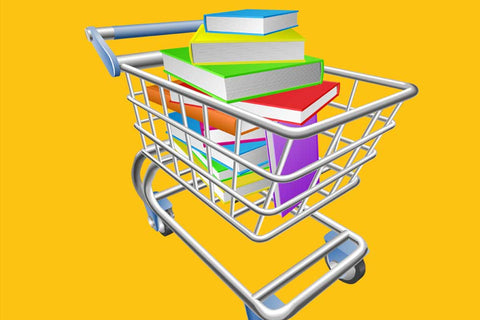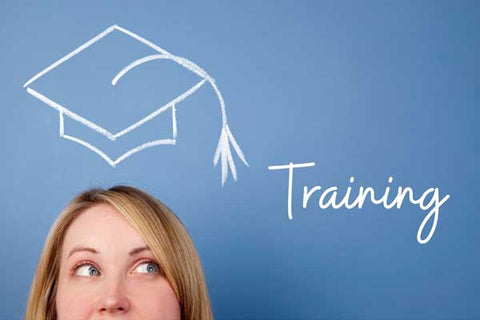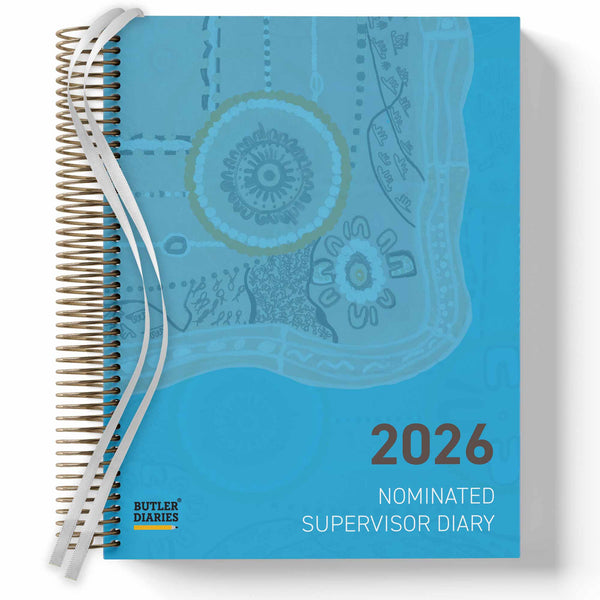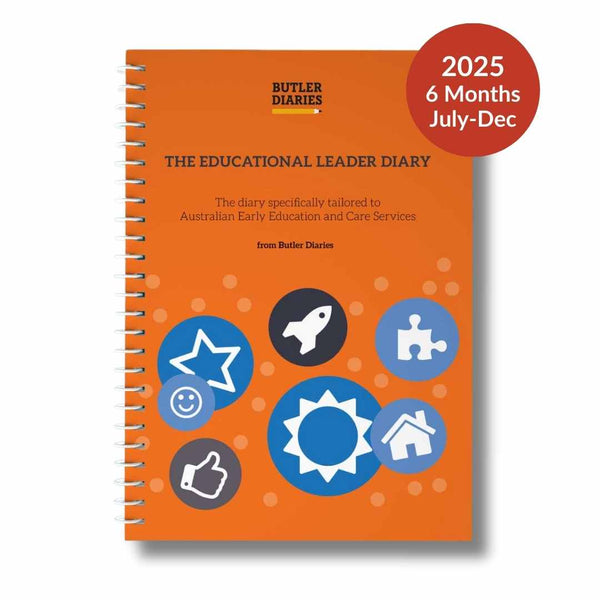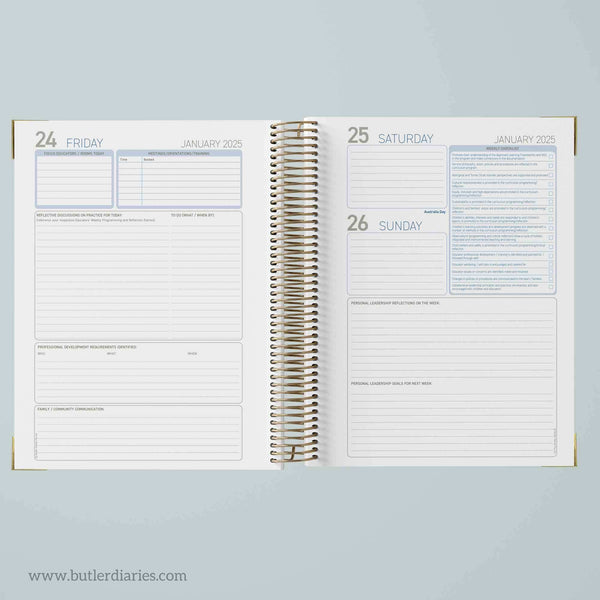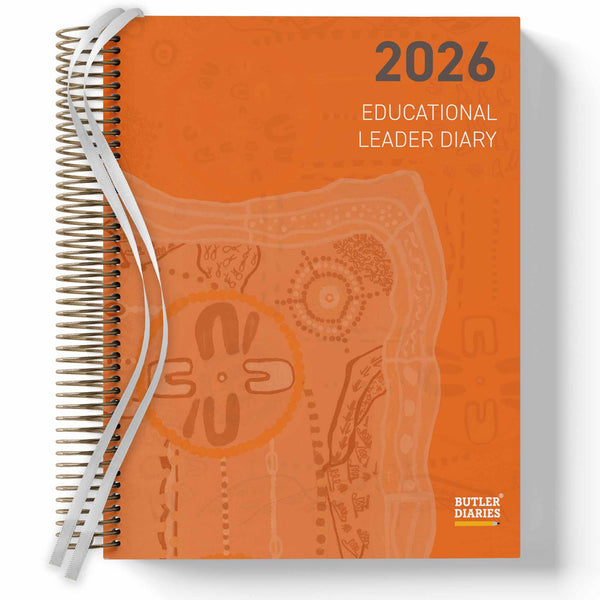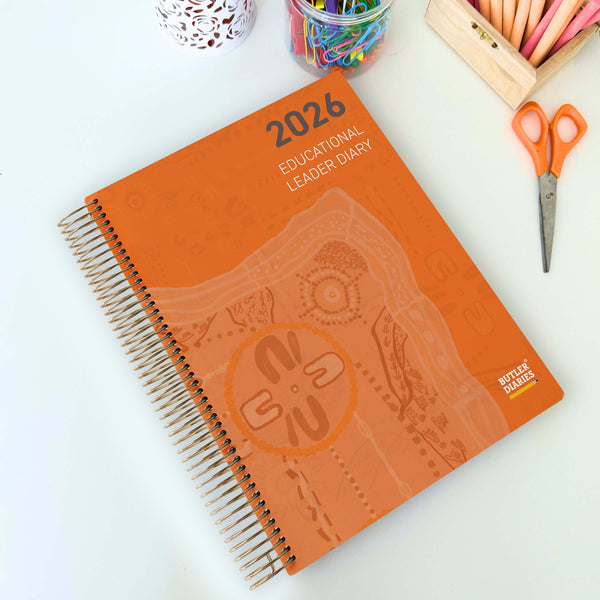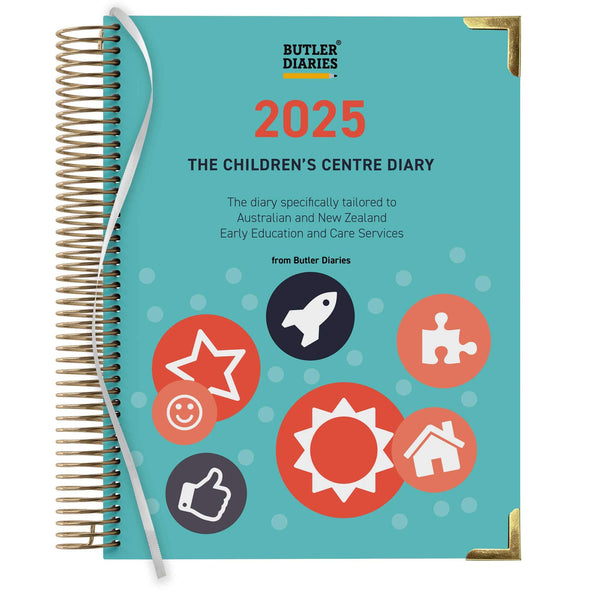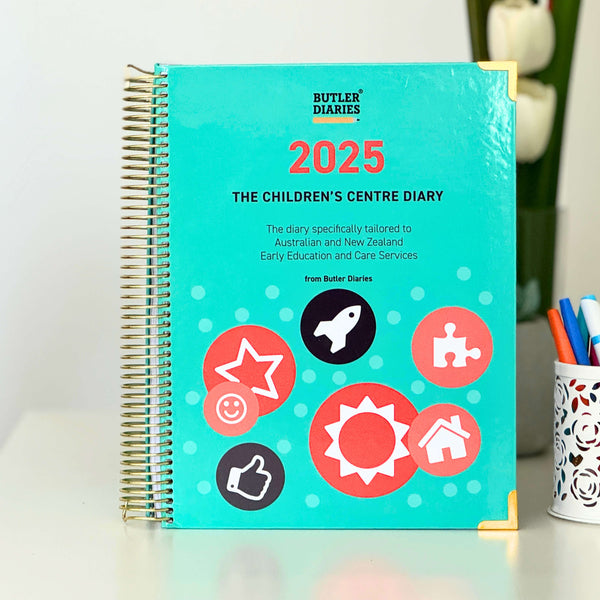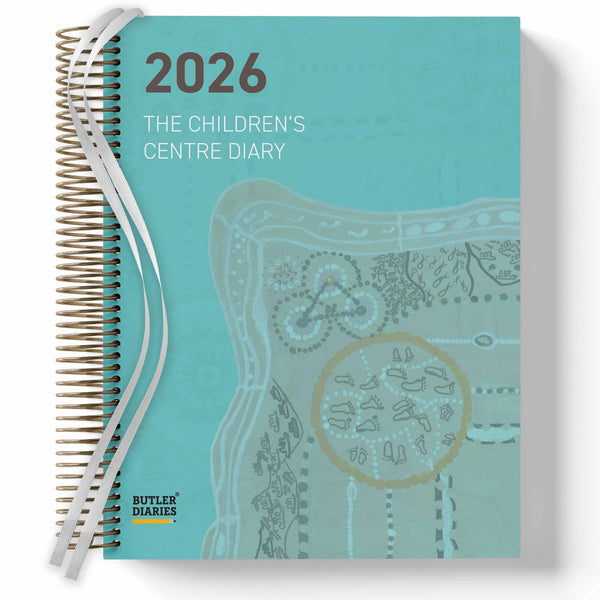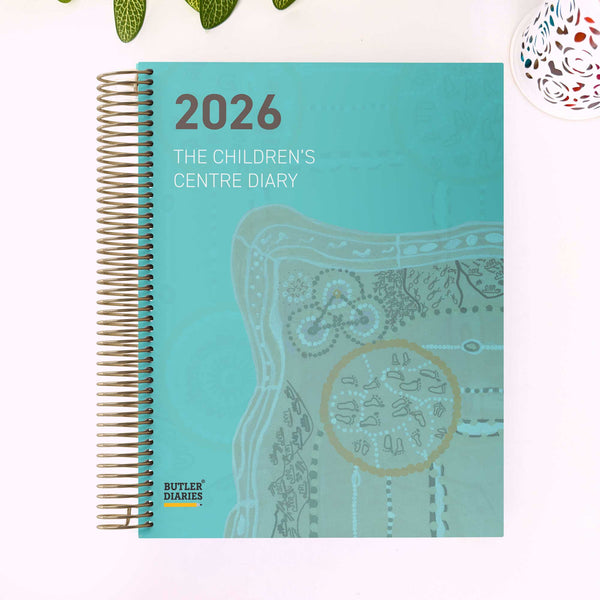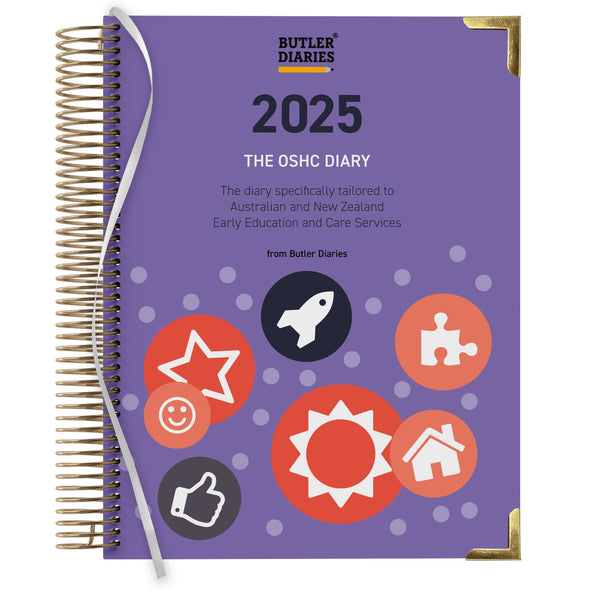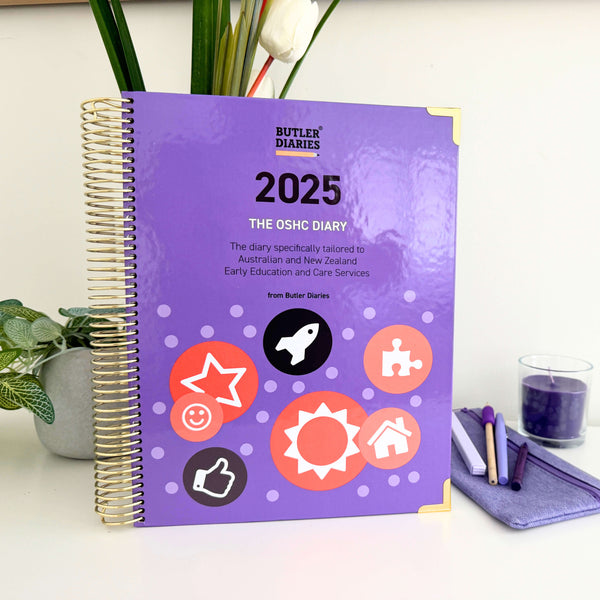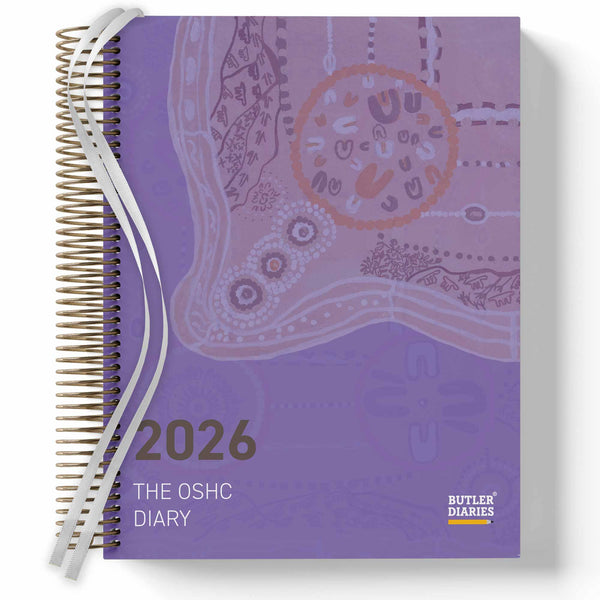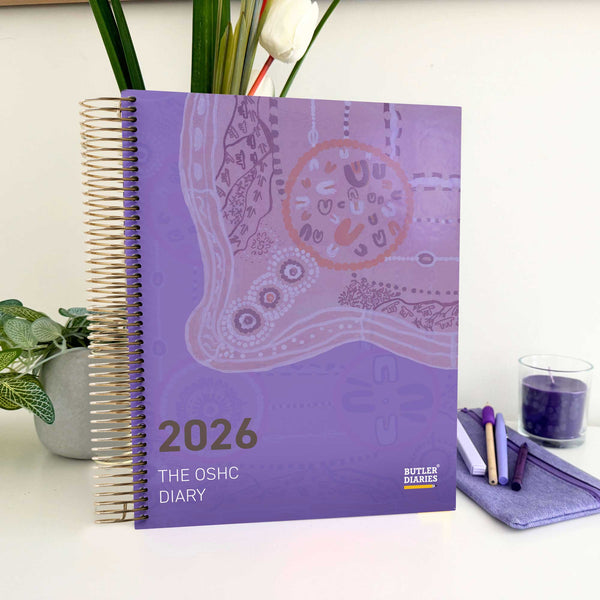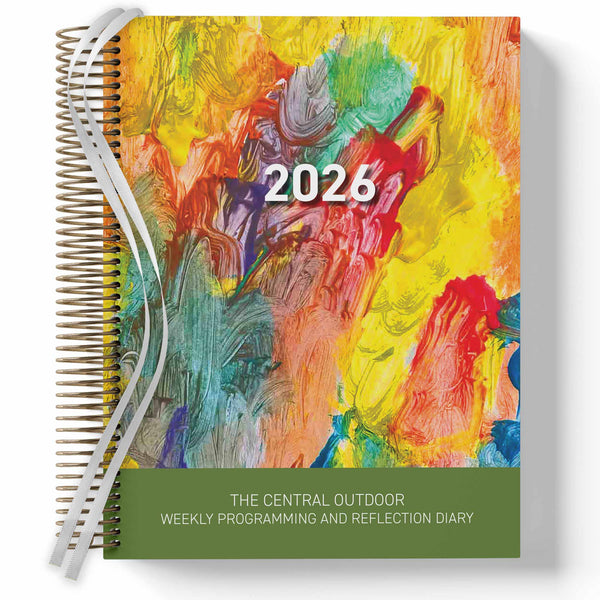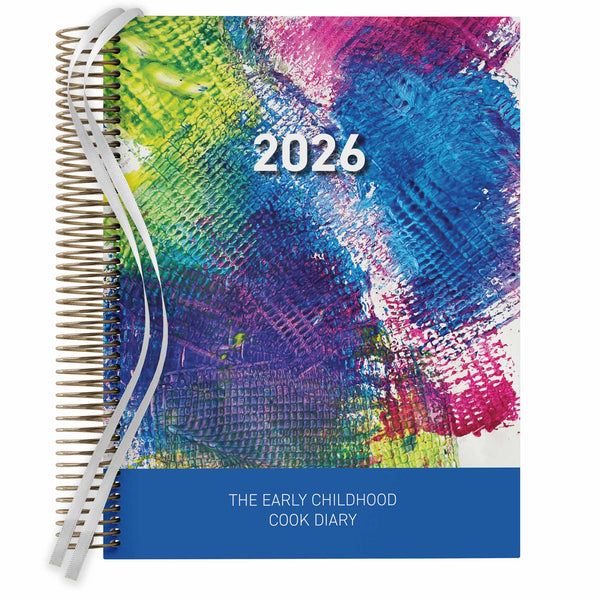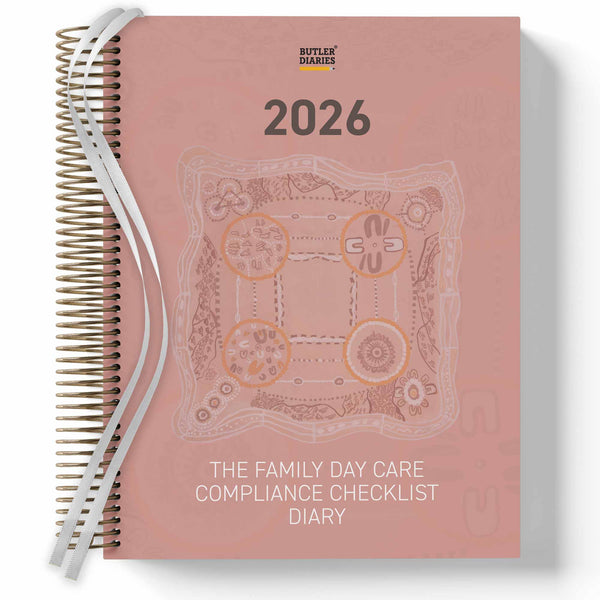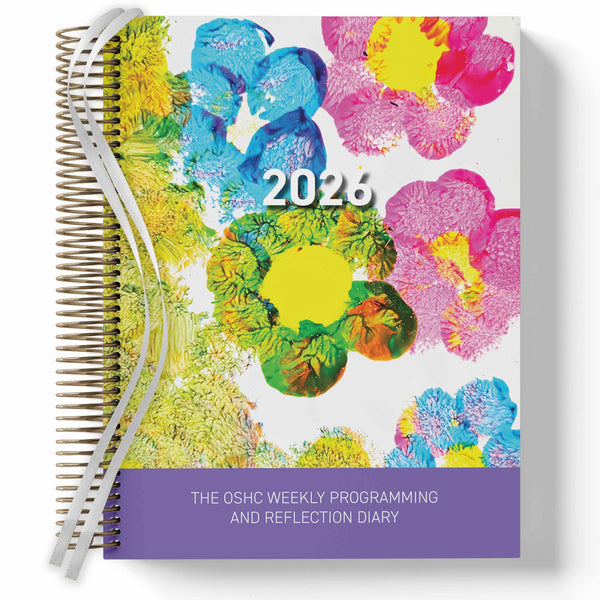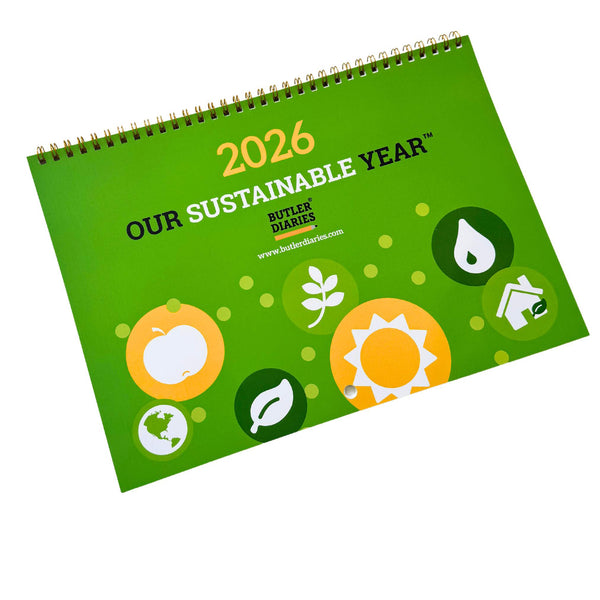From September 2025 and January 2026, important updates to the National Quality Framework (NQF) will come into effect, strengthening the sector’s commitment to child safety. These changes follow the national Review of Child Safety Arrangements under the NQF and reflect a united effort across Australian governments to ensure children are safe, protected, and supported in all early learning settings.
This blog breaks down what’s changing, when it’s happening, and what services can do now to prepare, it also includes downloadable resources like:
- NQS 2026 Summary,
- National Model Code Checklist,
- Service Leader Checklist. and
- Staff Handout
Why These Changes Are Happening
In 2023, ACECQA completed a detailed review examining how child safety systems could be strengthened across education and care services. As a result, Education Ministers agreed to several amendments to both the Education and Care Services National Regulations and the National Quality Standard (NQS).
The changes aim to:
-
improve safety in online and digital environments
-
tighten reporting expectations
-
support clear, consistent child-safe cultures
-
align service practices with current risks and technology.
What’s Changing and When?
The changes roll out in two stages.
From 1 September 2025
1. New Policy: Safe Use of Digital Technologies and Online Environments
A new requirement under Regulation 168 means every approved provider must ensure their service has a comprehensive policy covering the safe use of digital technologies.
Your policy must now include:
-
how images and videos of children are taken, used, stored, and destroyed
-
how parent authorisation is obtained for capturing and storing images
-
the use of any optical surveillance devices (e.g. CCTV)
-
how service-issued digital devices may be used
-
how children may use digital devices within the service
ACECQA has published the National Model Code – Taking Images in ECEC and accompanying guidelines, which provide practical direction for embedding safe and ethical digital practices.
The National Model Code provides clear guidance for early childhood education and care services on how to safely and ethically take, use, store, and manage images and videos of children. Developed following the Child Safety Review, the Code aims to strengthen child-safe practices by reducing risks associated with digital technologies, personal devices, and image storage.
It outlines that only service-issued devices should be used to capture images or videos of children, while personal devices—including phones, smart watches, tablets, and cameras—should not be used or carried by staff while they are providing direct education and care. Consent, supervision, and safe data management are emphasised throughout, ensuring children’s safety and privacy remain central.
The Code also sets expectations for how images and videos are authorised, stored, shared, transferred, and eventually destroyed. It requires services to develop clear policies in partnership with educators and families, outlining how digital documentation is handled and how exceptions to personal device restrictions may be granted only for essential purposes.
Although voluntary at this stage, adopting the Code helps services demonstrate a strong child-safe culture, prepares them for upcoming NQF regulatory changes, and supports consistent, transparent practices across the sector. This guidance helps services reduce risk, protect children’s wellbeing, and strengthen trust with families through safe and accountable digital practice.
You can download your National Model Code Checklist from the end of this article.
2. Reduced Notification Timeframes (Physical and Sexual Abuse)
The timeframe for notifying your regulatory authority of any incident or allegation involving physical or sexual abuse of a child will reduce from 7 days to 24 hours. All other reporting requirements remain unchanged.
This change ensures more timely responses and strengthens shared accountability across the sector.
3. Vaping Devices and Substances Banned
Service environments must already be free from tobacco, drugs, and alcohol. From 1 September 2025, this extends to vaping devices and vaping substances.
This applies to all adults and young people on site.
From 1 January 2026
Refinements to the National Quality Standard will begin, strengthening how the NQS reflects child safety across all services.
4. Updates to Quality Area 2: Children’s Health and Safety
Element 2.2.3 will become Child Safety and Protection, with an explicit focus on ensuring all educators and staff understand their role in identifying and responding to children at risk.
Old wording (Element 2.2.3):
Child protection — Management, educators and staff are aware of their roles and responsibilities to identify and respond to every child at risk of abuse or neglect.
New wording (Element 2.2.3 from 1 Jan 2026):
Child Safety and Protection — Management, educators and staff are aware of their roles and responsibilities regarding child safety, including the need to identify and respond to every child at risk of abuse or neglect.
5. Updates to Quality Area 7: Governance and Leadership
Quality Area 7 will include new wording to reinforce that effective governance includes:
-
ethical management
-
child-safe policy development
-
continuous improvement
-
documented practices created in partnership with educators, coordinators, staff, and families
Old wording (Quality Area 7):
Effective leadership and governance of the service contributes to quality environments for children’s learning and development.
Well documented policies and procedures, developed and implemented in partnership with educators, families and communities, and informed by critical reflection, contribute to the effective management of the service.
New wording (Quality Area 7 from 1 Jan 2026):
Effective leadership contributes to sustained quality relationships and environments that facilitate children’s learning and development. Well documented policies and practices that are developed and regularly evaluated in partnership with educators, coordinators, staff members and families contribute to the ethical management of a quality service that is child safe. There is a focus on continuous improvement.
Standard 7.1 and Element 7.1.2 will also be expanded to specifically reference risk management and operational systems that support a child-safe service.
Old wording (Standard 7.1 — Governance):
Governance supports the operation of a quality service.
New wording (Standard 7.1 from 1 Jan 2026):
Governance supports the operation of a quality service that is child safe.
Old wording (Element 7.1.2 — Management systems):
Systems are in place to manage risk and enable the effective management and operation of a quality service.
New wording (Element 7.1.2 from 1 Jan 2026):
Systems are in place to manage risk and enable the effective management and operation of a quality service that is child safe.
These refinements deepen the expectation that child safety is not simply a policy—it's embedded in everyday leadership and decision-making.
How does that impact my Butler Diary?
The NQS standards and elements are only included as a reference page in the front of your Diary, and the changes do not impact your use of your 2026 Diary. However, we've created a new NQS Summary page that you can stick into your Diary to help you reference the new changes.
You can download your Updated NQS Summary from the end of this article. It has also been included in the Programming and Reflection Printer Pack. Redownload a copy of your Printer Pack from the template link to access it or email us and we will resend you the link.
All 2027 Diaries and onwards will reflect the change.
How Services Can Prepare Now
Here are practical steps you can begin today.
1. Review and update policies
Start by checking your current policies and identifying where digital safety, image use, or online environments are not fully addressed. ACECQA will release additional policy guidelines to support providers with these updates.
2. Revisit reporting procedures
Make sure all staff understand:
-
what must be reported
-
who reports
-
how and when reporting occurs
-
the new 24-hour timeframe
Clear workflows reduce stress during high-pressure situations.
You can download your Staff Meeting Handout from the end of this article.
3. Audit your service environment
Look for any gaps in your smoke-free, drug-free, and now vape-free environment expectations. Update signage and communicate changes to families and staff.
4. Strengthen child-safe culture
With the NQS refinements coming, services should focus on building a strong child-safe culture through:
-
induction and ongoing training
-
regular policy reviews
-
genuine partnerships with families
-
clear leadership communication
-
transparent reporting and risk-management routines
5. Keep an eye on ACECQA’s updated resources
The Guide to the NQF will be updated from September 2025 and again from January 2026. Staying current will make compliance far smoother. You can also follow Butler Diaries for updates.
6. Download Butler Diaries' supporting resources
Download our supporting resources and follow our newsletter and join our Facebook Group for more updates and resources.
You can download your Service Leader Checklist from the end of this article.
Final Thoughts
These changes reflect a strong national commitment to ensuring children experience learning environments where they feel safe, supported, and protected. While the requirements may feel extensive, they are grounded in best practice and designed to help services maintain safe, ethical, and responsive care.
